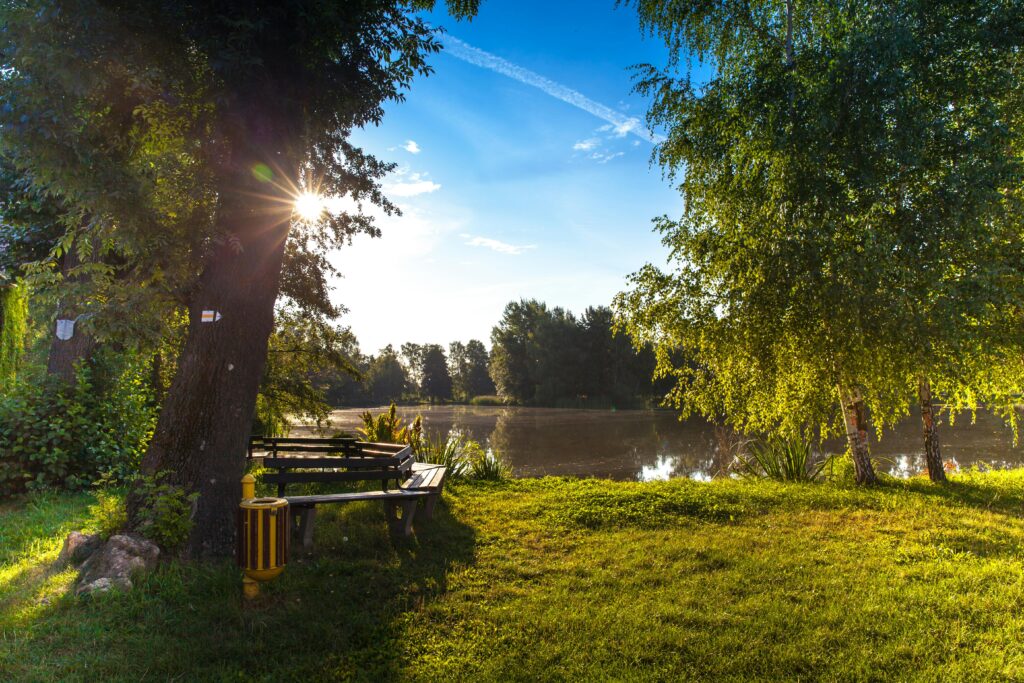Every year on June 5th, we celebrate World Environment Day, a time to reflect on our relationship with nature and renew our commitment to a healthier planet. For people with asthma, the environment isn’t just a background, it plays a central role in how we feel, breathe, and live.
While we often associate green spaces, such as parks, gardens, and forests, with fresh air and good health, the truth is a little more nuanced. Depending on several factors, green spaces can either alleviate or exacerbate asthma symptoms.
Let’s explore how to make the most of nature without compromising your respiratory health.
The Healing Side of Green Spaces for Asthma
Being surrounded by nature can offer several asthma-friendly benefits:
1. Cleaner Air (in the Right Places)
- Many green spaces have lower pollution levels than urban roads or construction zones.
- Trees act as natural air filters by absorbing pollutants like nitrogen dioxide and particulate matter.
2. Lower Stress, Better Breathing
- Studies show that spending time in nature reduces cortisol levels and improves mood.
- Less stress can lead to fewer asthma flare-ups, especially for those with stress-induced symptoms.
3. Gentle Physical Activity
- Parks allow for safe, low-intensity exercises like walking or yoga, which help build lung strength.
- Morning walks in clean, green areas can be therapeutic for many asthma patients.
When Nature Becomes a Trigger: Risks of Green Spaces
Unfortunately, not all greenery is asthma-friendly. Here are some ways nature can become a challenge:
1. Pollen Allergies
- Trees like gulmohar, neem, or even grasses release pollen, especially during spring and early monsoon.
- Pollen is a known trigger for allergic asthma, and it can lead to sneezing, wheezing, and chest tightness.
2. Mold and Dampness
- In India’s humid parks or gardens, fallen leaves and moist soil can harbor mold spores, another major asthma trigger.
- Sitting or walking near such areas, especially after rain, can cause breathing trouble.
3. Smoke from Outdoor Burning
- Some public gardens still burn dry leaves or waste, producing toxic smoke that lingers in the air.
- This practice can nullify the benefits of otherwise healthy green areas.
Personal Experience: Balancing Green with Caution in Indian Cities
As someone living with asthma in India, I’ve had mixed experiences with green spaces.
There’s a beautiful park near my home with old trees and walking trails. Early mornings, before pollen count rises, are a blessing, I can breathe deeply, meditate, and feel refreshed.
But during the pre-monsoon months, I’ve noticed an increase in sneezing and mild wheezing after visiting the same park. Turns out, grass cutting and pollen shedding were at their peak. Once, I even had a mild asthma episode after walking through a garden with freshly cut plants and damp soil.
Tips to Enjoy Green Spaces Safely with Asthma
Here are some precautions to take:
- Check pollen forecasts (especially in spring and early monsoon).
- Visit parks in the early morning or after rain when dust settles.
- Wear a mask to filter out pollen and mold spores.
- Avoid sitting on grass or near compost areas.
- Choose cleaner parks, ideally far from traffic or burning zones.
- Carry your inhaler and a water bottle every time you go out.
- Shower and change clothes after returning, especially during high pollen days.
This World Environment Day, Let’s Advocate for Asthma-Friendly Green Zones
Urban planners and local authorities can make green spaces more inclusive for people with asthma by:
- Planting low-allergen trees (like palm, amaltas, or bamboo).
- Reducing open waste burning in public gardens.
- Creating dedicated asthma-friendly zones with minimal pollen vegetation.
- Adding air quality monitors in popular parks.
Conclusion: Nature Can Heal, If We Respect Its Triggers
Green spaces are vital for our well-being, but they’re not always asthma-friendly by default. On this World Environment Day, let’s not just celebrate the Earth, we must also make it more breathable for those living with chronic conditions like asthma.
A few changes in how we manage our parks can turn them into true healing spaces for everyone.
Share Your Experience
Have green spaces helped or hurt your asthma? We’d love to hear your story in the Asthma Friend community. Your experience might help someone else navigate theirs better.












